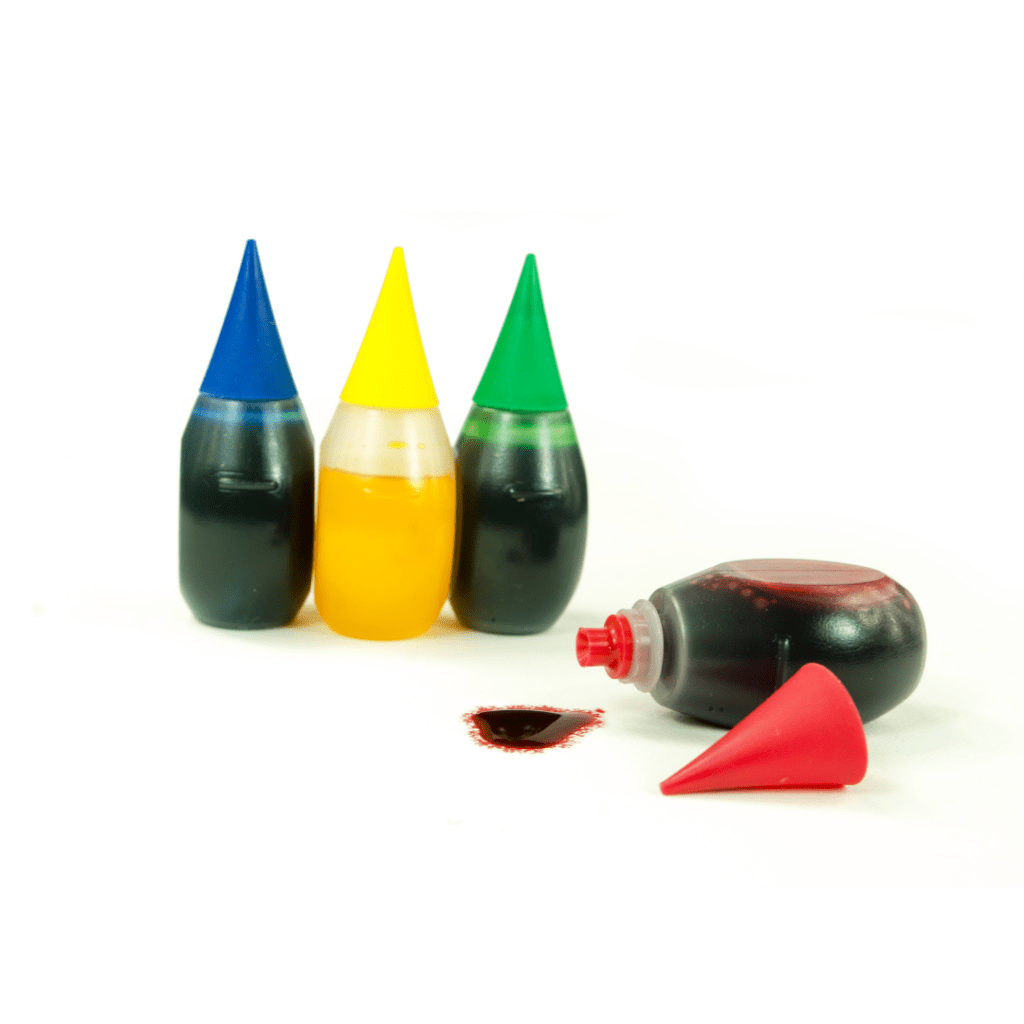
The Impact of Food Dye on Children’s Health and Behavior
Food dyes have been a hot topic as of late! Often added to enhance the visual appeal of processed foods, they are a common ingredient in many snacks and beverages marketed towards kids. These artificial colorings, such as Red 40, Yellow 5, and Blue 1, have sparked growing concern among parents, researchers, and health experts due to their potential effects on children’s health and behavior. While food dyes may seem harmless, research suggests they may have more significant consequences, particularly for young children whose developing bodies and brains are more susceptible to external influences.
Health Concerns Linked to Food Dyes
Many studies have examined the possible link between artificial food dyes and various health conditions in children. One of the most well-known concerns is their potential connection to hyperactivity and attention issues. In 2007, an early study found that some artificial food colorings, when combined with the preservative sodium benzoate, may increase hyperactivity in children. This finding led the European Union to require a warning label on foods containing certain dyes, alerting consumers that the product “may have an adverse effect on activity and attention in children.”
Another major concern is the potential for food dyes to cause allergic reactions. Certain dyes like Yellow 5 (tartrazine) and Red 40 have been linked to allergic symptoms, including hives, asthma, and other immune responses in sensitive individuals. This is particularly concerning for children who may be unaware of their sensitivities and consume these dyes regularly in processed foods.
Food dyes are now being scrutinized for their potential role in long-term health conditions. Research in this area continues and animal studies suggest that certain artificial dyes may contribute to cancer development when consumed in large amounts over time. These results raise important questions about their safety in human consumption, especially for children who may consume these dyes in multiple foods throughout the day.
Behavioral Impact
Beyond physical health, food dyes have also been linked to changes in behavior, particularly in children with attention-deficit/hyperactivity disorder (ADHD). Some studies have found that children with ADHD may be more sensitive to the effects of food dyes, experiencing increased irritability, impulsivity, and difficulty concentrating. While not all children exhibit these behaviors after consuming food dyes, parents and educators have noticed patterns of hyperactivity and mood swings following the consumption of brightly colored snacks and drinks.
Tips for Reducing Food Dyes in Children’s Food and Snacks
- Whole, Unprocessed Foods First
One of the simplest ways to avoid food dyes is by choosing whole, unprocessed foods. Fruits, vegetables, proteins like chicken or fish, and nuts or seeds, are naturally dye-free and offer a wide range of essential nutrients for growing children. Encourage your child to snack on fresh fruits like strawberries, blueberries, or carrot sticks, which are not only colorful but also packed with vitamins and minerals. - Read Labels Carefully
The first step is to become an informed consumer. Many processed foods, from candies to cereals, contain artificial colors, but they are often listed in the ingredients under their specific names, such as Red 40, Yellow 5, or Blue 1. By checking labels and choosing products that use natural alternatives, like beet juice or turmeric for color, you can limit your child’s intake of artificial dyes. - Make Homemade Versions of Popular Snacks
Many store-bought snacks are loaded with artificial colors. By making homemade versions, you can control the ingredients and eliminate the need for food dyes and tons of added sugar. - Get Your Child Involved
Involve your child in the process of selecting foods in their natural form. Have them pick a “new-to-them” fruit or vegetable at the store or farmer’s market. This empowers them and teaches them to recognize the difference between naturally colorful foods and those with artificial colors, and how those foods make them feel.
As a mom, I understand it’s hard to control all exposures, especially as our kids get older. Having conversations with our kids can start at a very early age by talking about foods that feed our cells well and those that make our cells feel icky inside. Conversations around limiting food dye has been part of our children’s story from an early age as our daughter is allergic to Red 40 and causes severe vomiting. This reaction has opened the door for talking about how we what to feel after eating, and how to nourish our bodies well so we don’t have tummy troubles.
While the debate over the safety of food dyes continues, there is enough evidence to suggest that reducing their presence in children’s diets may benefit both their health and behavior. By becoming more aware of where food dyes are hidden and making conscious choices to limit their consumption, parents can help protect their children from potential adverse effects, while also promoting healthier eating habits that will benefit them for years to come.
Note: This article was originally written as a parent education piece for AdventurME Forest & Nature School, a Colorado Springs based forest school that fosters a love of learning through self-direction, building confidence through appropriate risk taking, building motor skills necessary for grade level readiness, and harnessing socio-emotional skills for a lifetime of success. This school is doing amazing things in early education so if you live in the area be sure to check them out!